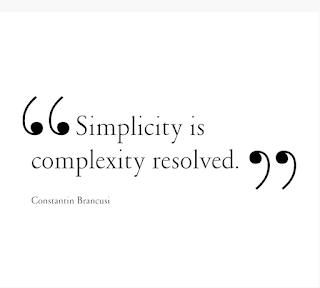Simplicity is complex
Yet, very few websites actually do this. Real-time validation is more complex than post click.
Walgreens allows you to order a refill of your prescription by simply replying to the refill reminder email. You hit reply, you hit send. No clicking to a website, no remembering complicated passwords. Simple.
Why don't we see this simplicity more often? Because designing simple experiences takes a lot of time. It requires a laser sharp understanding of pain points and then the chutzpah to tackle them without being bound by technical limitations.
Jeff Wallace once showed me the below picture of the Google Search Engine. On the surface, its a little text box. Underneath, its anything but simple.
Infographic by the Pay Per Click Blog
"Good design is both invisible and obvious. Good design is like a good movie–it should make people feel the story is just happening right in front of them, when in reality the character personalities, plots, phrasing, lights, and settings are all highly orchestrated to tell the story and make you forget about how it’s being told to you. Good design should also be self–explanatory, and make people feel like this is just how things should naturally work and there is no better way to do it" -- Ruthia He, product designer at Facebook
Interested in designing simple experiences? Read this great article on the principles of simplicity and how to shoot for it: The Complexity of Simplicity



Comments
Post a Comment